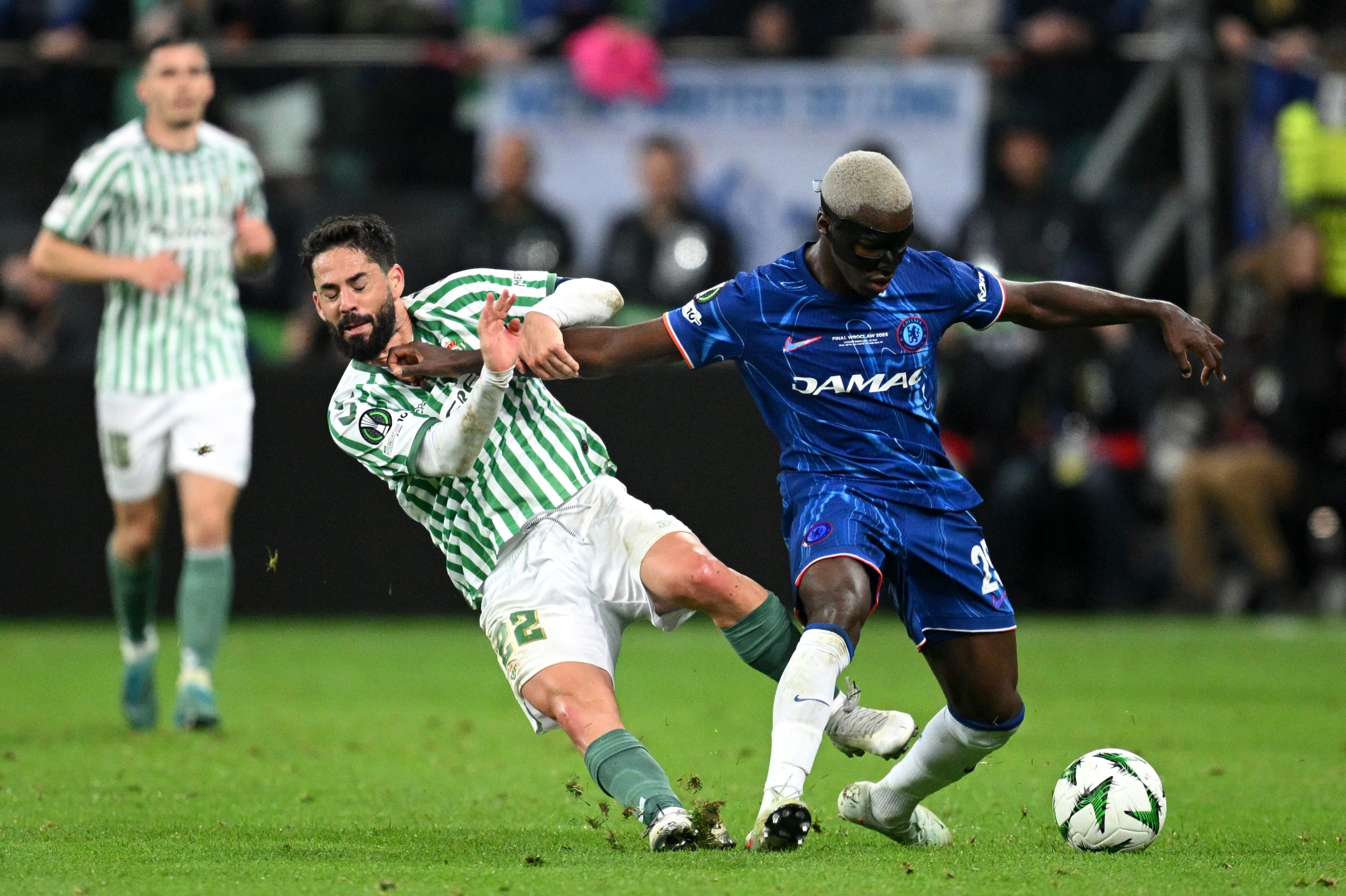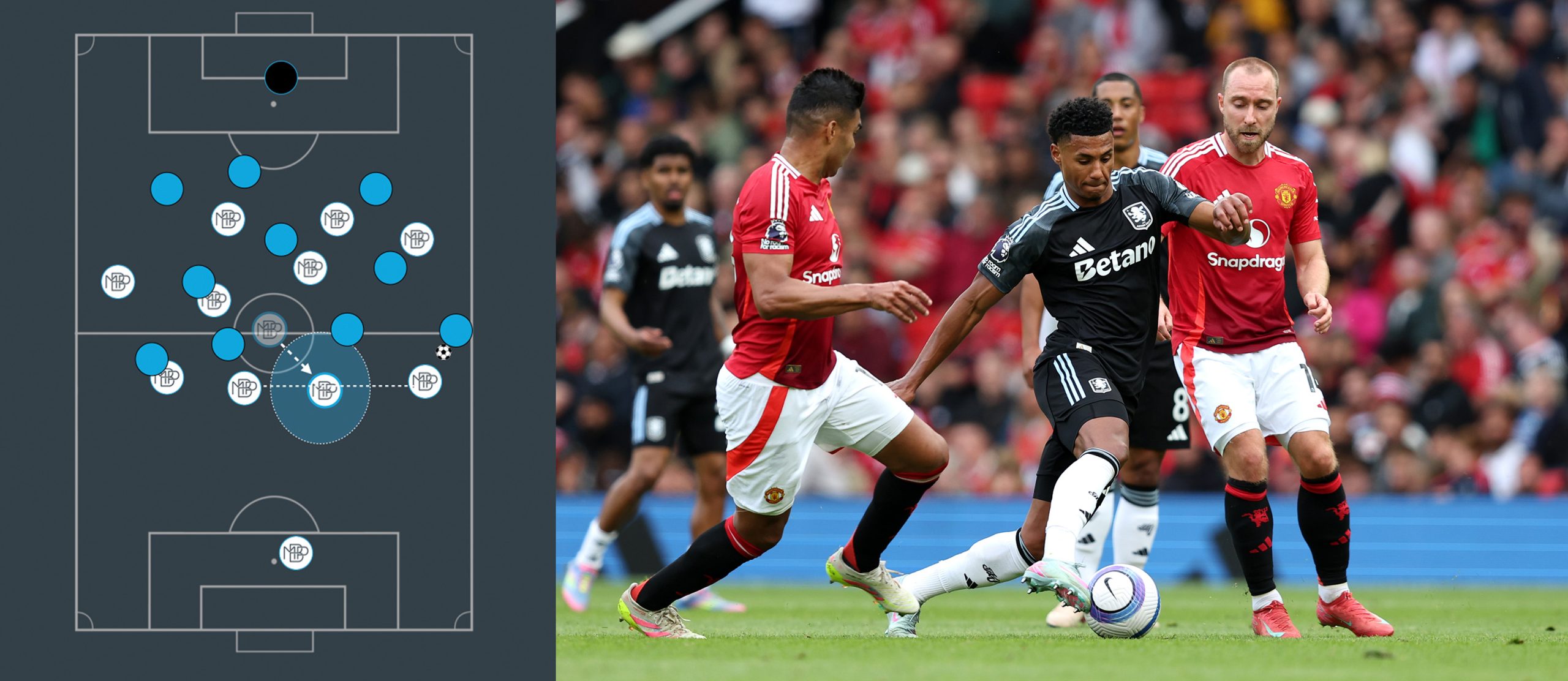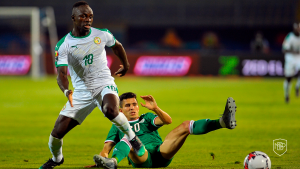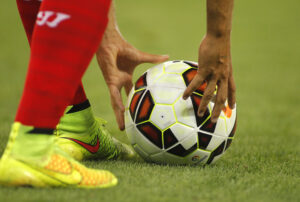At MBP Coaches’ School, we believe that every holding midfielder, due to their specific playing characteristics, must master three key individual fundamentals in order to positively influence both their own performance and that of their team.
Depending on the Game Model each coach wishes to implement, specific player profiles will be required. In this case, holding midfielders are characterised by their physical prowess, covering different areas and providing balance to the team in both attack and defence. If we look at some of the best pivots in football today, we will see that many of them master three fundamentals that we consider key to their game and profile. We describe them below:
1. Fundamental of Offering Emergency Support
One of the essential attacking fundamentals that the holding midfielder must master comes into play mainly in the build-up or progression of the play. In this phase, the team needs to ensure smooth and safe ball circulation, especially when facing high or intense pressing from the opponent.
The pivot plays a key role here – they must provide emergency support to facilitate the clean build-up of the ball from their own half. When a teammate is pressed or limited by the opponent’s pressure, the midfielder must quickly read the situation and move closer to the ball carrier, positioning themselves in a clear and safe passing lane that enables continuity to the play.
If the central midfielder is also under pressure or closely marked, the supporting action is still just as necessary, but it must be executed with greater mental and technical speed, offering the support pass to give continuity to the play through a one-touch action. This ability to play first time, even under pressure, is crucial for breaking lines, attracting opponents and freeing up teammates.
A pivot who masters this type of support not only facilitates the construction of play, but also minimises risks and strengthens the collective structure, especially against opponents who press aggressively in the opposition’s half.
Image 1. Graphical representation of the fundamental of offering emergency support to a teammate in possession of the ball who is under pressure.
2. Fundamental of Identifying the Defensive Responsibility
This defensive fundamental mainly comes into play during the mid-block phase. In this phase, the holding midfielder’s ability to identify and take direct responsibility for potential ball receivers, especially in inside areas, becomes particularly important.
The central midfielder must be able to quickly recognise which opposing player they are responsible for and, based on this, adjust their position to neutralise that player’s influence on the play. Their position will depend on the location of the opponent, the ball and the defensive block itself.
The receiver can be defended from the front or from behind, depending on the position of the player to be defended, always in relation to our defensive line (depth). In other words, the defensive balance and structure of the team must not be disrupted, as the priority will be to protect the central area and avoid imbalances.
Here are some specific principles to bear in mind:
- When the opponent plays with two centre forwards, one of the central midfielders must take responsibility for supporting the centre backs.
- If defending high up the pitch, the aim is to eliminate direct passing lanes to the receiver, forcing the ball carrier to play out wide or backwards.
- Defensive responsibility should not be interpreted as strict man-marking, but rather as an allocation of zones and players within a collective framework, where the order and compactness of the block take precedence over individual tracking.
Imagen 2. Graphical representation of the fundamental of identifying the defensive responsibility.
3. Fundamental of Rebalancing the centre of the defensive line
This fundamental comes into play when there is an imbalance in the defensive line, leaving a large gap between players on the same line that compromises the protection of the area. In these cases, the nearest central midfielder must intervene quickly by moving up to balance the line, always prioritising the defence of the central channel.
If the defensive block does not maintain balance in width, it will be necessary to reorganise the line, ensuring that the areas of greatest risk are covered, with a minimum of three players between the ball and the goal. The aim is to prevent inside progressions and minimise the opponent’s finishing options.
For this reason, it is essential that midfielders maintain a close relationship with the defensive line and are prepared to adjust their position in the event of any imbalance, both spatial and numerical..
Image 3. Graphical representation of the fundamental of rebalancing the centre of the defensive line.
All in all, it is clear that the holding midfielder plays a key role in the collective balance of the team. Beyond their interventions with the ball, their contribution will be vital in actions without it, where they must provide reliable support in build-up play, take on clear defensive responsibilities and correct imbalances in the defensive line. Their ability to read the game, anticipate and maintain tactical order will be decisive in sustaining the team’s structure during the most demanding moments of the match..
Do you want to learn more about the individual fundamentals by position?
The ‘Specialist in Individual Fundamentals by Position’ course will allow you to dive deeper into the more than 90 individual fundamentals by player position. All of these fundamentals are based on an exhaustive study of each and every one of the most common and relevant situations that each player encounters during a match, depending on their position on the field. Once these situations have been identified in the game, we study the optimal solutions that give the player the best chance of success.

